I have a Neo4j graph with directed cycles. I have had no issue finding all descendants of A assuming I don't care about loops using this Cypher query:
match (n:TEST{name:"A"})-[r:MOVEMENT*]->(m:TEST)
return n,m,last(r).movement_time
The relationships between my nodes have a timestamp property on them, movement_time. I've simulated that in my test data below using numbers that I've imported as floats. I would like to traverse the graph using the timestamp as a constraint. Only follow relationships that have a greater movement_time than the movement_time of the relationship that brought us to this node.
Here is the CSV sample data:
from,to,movement_time
A,B,0
B,C,1
B,D,1
B,E,1
B,X,2
E,A,3
Z,B,5
C,X,6
X,A,7
D,A,7
Here is what the graph looks like:
I would like to calculate the descendants of every node in the graph and include the timestamp from the last relationship using Cypher; so I'd like my output data to look something like this:
Node:[{Descendant,Movement Time},...]
A:[{B,0},{C,1},{D,1},{E,1},{X,2}]
B:[{C,1},{D,1},{E,1},{X,2},{A,7}]
C:[{X,6},{A,7}]
D:[{A,7}]
E:[{A,3}]
X:[{A,7}]
Z:[{B,5}]
This non-Neo4J implementation looks similar to what I'm trying to do: Cycle enumeration of a directed graph with multi edges
